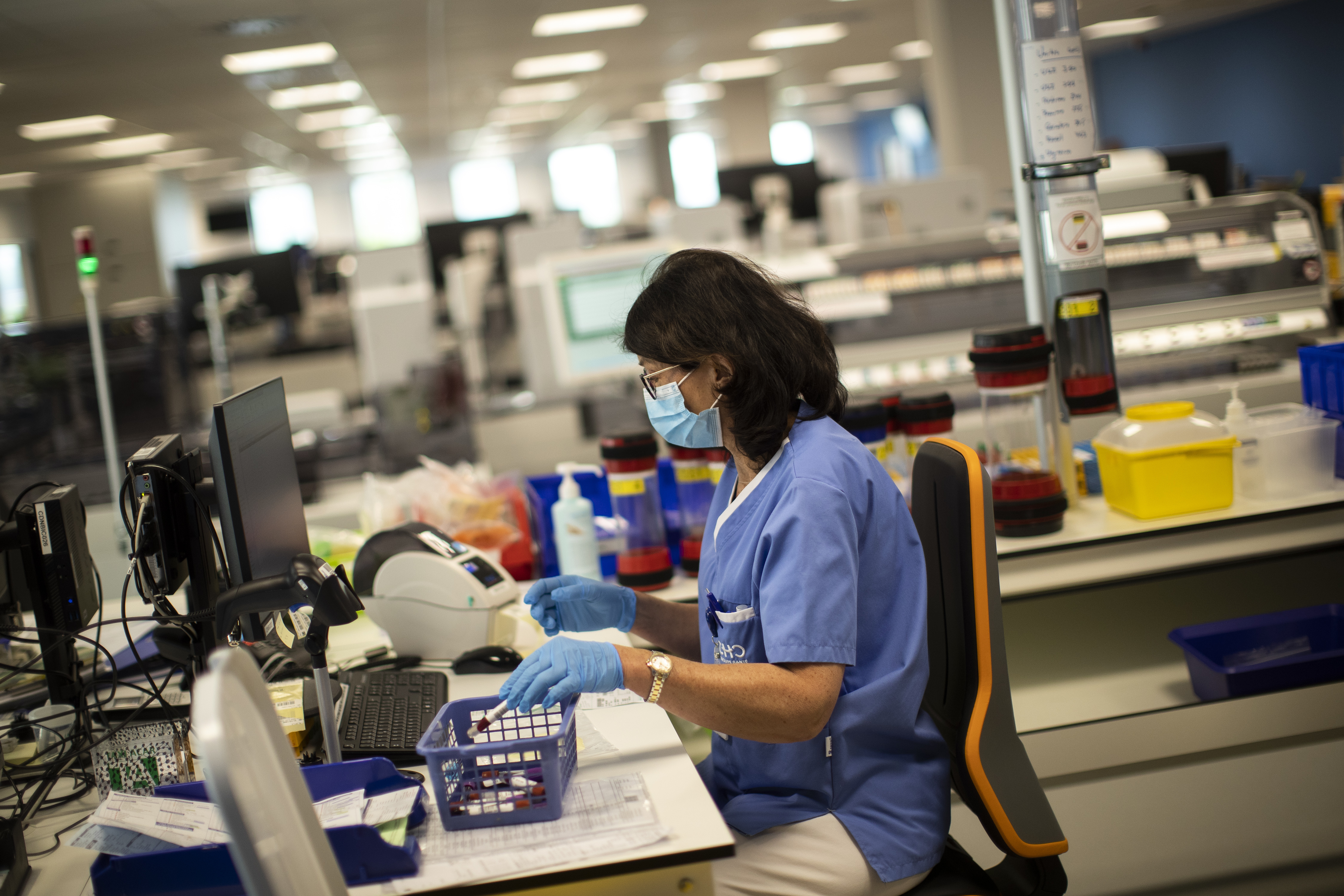Amid the economic pain and disruption of COVID-19, much public attention has focused on the growing assortment of government interventions—from ever-increasing rules and regulations, to direct economic relief, to a mix of price controls and “stimulus” programs. Yet as governments continue their attempts at stabilizing the situation, we observe many solutions arising elsewhere. Across the economy and society, inventors, entrepreneurs, and workers are continuing to innovate and explore—reimagining their industries and businesses to address new constraints and meet human needs in creative ways.
The tenacity and resilience is both impressive and inspiring. But is it enough to endure and overcome a prolonged economic crisis? How might the latest pandemic serve to spur or inhibit long-term innovation and economic dynamism?
In a new study titled, “Crisis Innovation,” researchers Tania Babina (Columbia Business School), Asaf Bernstein (University of Colorado Boulder) and Filippo Mezzanotti (Northwestern University) conclude that “financial crises are both destructive and creative forces for innovation.” Although they are likely to lead to significant declines in quantity of innovative output, the overall quality of such activity may actually improve.
Using the Great Depression as their point of focus, the authors observe shifts in independent patent filings, noting corresponding shifts in access to capital and subsequent changes to the overall organization and makeup of innovative activity. They summarize their conclusions:
Using a differences-in-differences design comparing counties with different levels of bank distress between 1929 and 1933, we document the important role of the Great Depression in triggering a large reduction in the quantity of patents filed by the largest innovators of that period—independent inventors. However, this decline in the activity of technology entrepreneurs is only one side of the story.
First, despite the decline in the quantity of innovation, the average quality of patents filed by independent inventors rose dramatically. Second, the shock on its own did not affect firms negatively. If anything, firms seem to have benefited in the long-run, in part because of a reallocation of inventors into firms. Third, the shock did not seem to reduce the amount of human capital in the area, as inventors did not leave the affected regions in response to the shock.
This evidence on the Great Depression can be thought of as a cautionary tale when examining the impact of shocks to innovation activity by looking at the overall innovation ecosystem. In general, sufficiently large shocks to financing—on top of having a direct effect on one group of innovators—can also lead to a reallocation across more and less affected organizational forms. At the same time, to the extent that the shock actually induces a cleansing effect (Caballero et al., 1994), the overall effect on technological progress could be substantially lower.
The study was released in early March, well before our current crisis fully materialized. While it focuses on a distant historical period, it has plenty of implications for how we might tailor our attitudes, expectations, and activities in response to the coronavirus.
“As economic losses continue to mount from the COVID-19 pandemic, the new research could offer predictions for the next decade of innovation,” according to Columbia Business School. “If Silicon Valley inventors struggle to access capital over the next few years, they could choose to join large companies like Google, Apple, and Amazon—who could support innovation. But while total patents might decline, the quality of patents and their creativity emerging in this economy could strengthen.”
In our current situation, we have already seen innovation accelerate in a number of areas, including shifts toward telehealth and telecommuting, the digitalization of customer service and various onsite services, creative service among nonprofits, streamlined drug testing, and more. Much of this creativity is occurring within established enterprises and institutions, or outside the realm of patented technology. Nevertheless, even anecdotally and in the context of the routine contributions of intrapreneurs and “employee innovators,” we can already see a hopeful affirmation of what the study indicates.
With the prospect of continued financial loss and institutional stress, we can expect plenty of shifting and sorting in the basic composition of innovation. At the same time, as the study indicates, we are not wrong to have a steady faith in the continued creative capacity of the human spirit, even—or especially—in times of crisis.
As Rev. Robert Sirico recently noted, our newfound status quo of government interventionism brings plenty of burdens and risks to economic and communal life. In contrast, a new status quo of innovative activity may help to remind us of where real, long-term solutions are ultimately found. “Coming out of this, there may be some innovative ways of thinking that … people can acclimate themselves to,” Rev. Sirico says. “It needn’t all be the negative response of the state coming in and replacing everything. There can be a lot of innovation that emerges and that markets can respond to.”
The full, destructive potential of our current crisis is still unknown. The pain is real and lasting, even among the innovators who manage to thrive. But as this latest study reminds us, we can continue to hope for and expect a certain creative resilience among individuals and institutions. We ought to align our policy advocacy accordingly.
(Photo crredit: Yakuzakorat. CC BY 4.0.)

